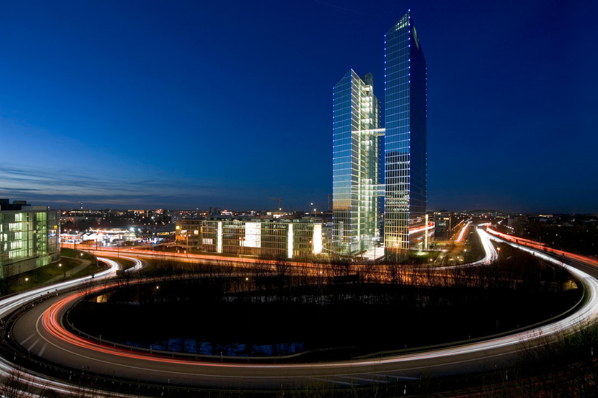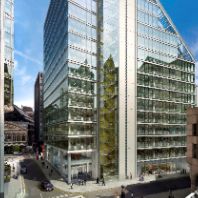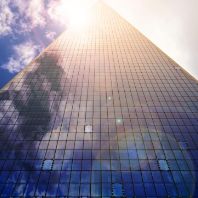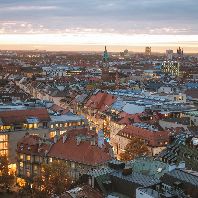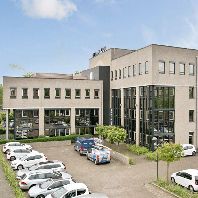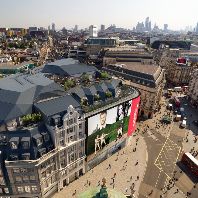With IBM as their new main tenant, the HighLight Towers in Munich are developing into a future-oriented symbol of information technology and artificial intelligence. As the first tenant to occupy both towers, IBM will open its global solutions centre focusing on Watson (artificial intelligence) and the Internet of Things (IoT) on approximately 15 floors of the towers, connected by one of the glass bridges.
Unify, one of the world's leading global communication software and services companies, is already a tenant with its main seat in the HighLight Towers as well as Fujitsu Germany. The Porsche Company Mieschke, Hoffmann und Partner, an IT consulting company, who were the first tenants to move into the HighLight Towers over ten years ago, have extended their tenancy agreement.
IBM had signed a tenancy agreement for the space including the ground floor until 2023. With the HighLight Towers, opened in Munich in 2004, KanAm Group established one of the most widely acclaimed buildings in Germany over the past decades. The centre for Microsoft Germany is being developed in the immediate vicinity.
The HighLight Towers, initiated, operated and administered by the KanAm Group, were designed by the internationally renowned architect Helmut Jahn. The towers form a bridge between the purposeful minimalism of the Bauhaus tradition with the technologically innovative architecture of modern times, making them an iconic and architectural milestone of the Munich cityscape. The 126 and 113 meter tall towers offer a total of 82,590m² of tenancy space, comprising office, hotel (Innside Hotel of the Meliá Group) and retail areas. Three underground levels house approximately 750 car parking spaces. Attached to the complex is the HighLight Forum, which houses a business centre and the day-time restaurant, Daily, providing a modern infrastructure for the over 2,000 people working in the building complex.
The complex has recently received LEED Gold certification for sustainability, the second highest seal for existing buildings under the guidelines of the U.S. Green Building Council. So far only approximately 30 buildings in Germany have achieved this certification.
